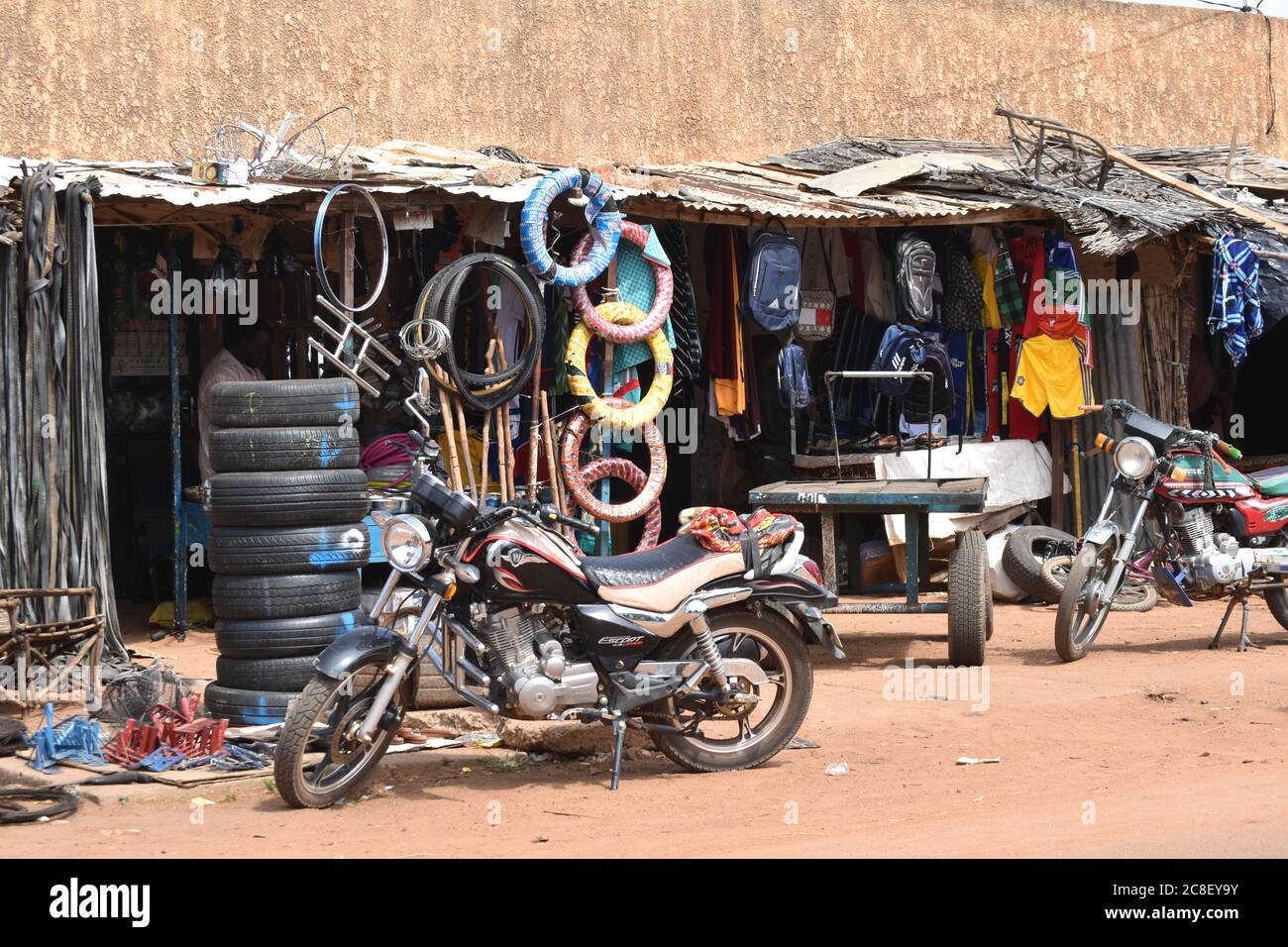Leading MX Gear NZ: Prepare for Your Following Off-Road Journey
Leading MX Gear NZ: Prepare for Your Following Off-Road Journey
Blog Article
Understanding Bike Gears: Just How to Maximize Your Riding Experience
In the world of motorcycling, understanding the art of equipment adjustment is critical for boosting your riding efficiency. Effectively recognizing and making use of motorbike gears can substantially affect fuel, control, and acceleration effectiveness, transforming an ordinary experience into a smooth, electrifying journey. By integrating precise change timing and adapting equipment choice to various roadway conditions, riders can ensure ideal engine performance and safety and security. The nuances of clutch control, throttle coordination, and equipment mechanics bid a deeper expedition, promising to open the full possibility of your device. Just how can these methods be harnessed to genuinely optimize your riding experience?
Comprehending Equipment Mechanics
Just how do the intricacies of gear mechanics influence bike efficiency? At the core of motorcycle dynamics, gear auto mechanics play an essential duty in converting engine power into movement, ultimately dictating speed and control. Gears, meticulously crafted components, allow bikers to enhance torque and speed, ensuring a seamless change via various terrains and speeds. The gear ratios, carefully designed, identify the relationship between engine changes and wheel turns, influencing velocity and fuel effectiveness.
Comprehending gear mechanics starts with identifying the relevance of the transmission, which houses multiple gears of varying dimensions. These gears interact through a procedure called meshing, where teeth of different equipments engage to send power. The accuracy of this interaction is vital; any type of misalignment or damages can cause ineffective power transfer, hindering efficiency. Furthermore, the arrangement and dimension of gears influence the bike's capability to deal with various lots and rates.
Moreover, the idea of equipment shifting is important to optimizing performance. Smooth and prompt shifts guarantee that the engine runs within its optimum power band, stopping unneeded pressure and enhancing durability (motocross parts nz). By comprehending these mechanical complexities, motorcyclists can attain a harmonious blend of performance, power, and control, boosting their riding experience
Timing Your Changes
Shift timing mastery is important for enhancing motorbike efficiency and boosting the riding experience. Effectively timed shifts ensure that the engine operates within its optimal power band, which is important for preserving control, accomplishing smooth acceleration, and making sure the durability of the motorbike. Motorcyclists have to create an instinctive feeling of when to change equipments, which includes comprehending the connection in between engine transformations per minute (RPM) and speed.
To grasp shift timing, pay attention to the engine's noise and feel, as these offer important hints regarding when to alter gears. The perfect shift factor usually happens when the engine comes close to the top series of its power band without reaching the redline. Changing prematurely can bring about an absence of power, while moving far too late might cause unnecessary engine strain
In addition, road conditions and riding design influence shift timing. In comparison, during highway riding, less shifts at higher rates can be more proper.
Enhancing Gas Efficiency
While grasping bike gears is important for efficiency, enhancing fuel performance is just as essential for both financial and ecological reasons. Optimal gas intake not just lowers operational expenses but likewise minimizes the ecological footprint of riding. To achieve this, one have to understand the elaborate connection in between equipment option and engine performance.
Riding in a higher gear at reduced rates can lead to engine hauling, which is damaging to both gas economic climate and engine health and wellness. On the other hand, riding in lower gears at high rates results in unneeded gas usage.
Furthermore, regular maintenance plays a crucial duty in gas effectiveness. Making sure that the motorbike is well-tuned, with clean air filters and correctly inflated tires, can lower and improve aerodynamics fuel wastefulness. In addition, taking on a riding design that accepts gradual velocity and smooth slowdown can add to much better fuel economy.

Strategies for Smooth Transitions
Accomplishing smooth gear shifts is fundamental to boosting the riding experience and guaranteeing the longevity of a motorbike's transmission system. Proper gear moving not just adds to a smooth trip yet also lessens wear and tear on the mechanical parts. To master the art of smooth shifts, riders should concentrate on a few crucial strategies.

Second of all, clutch control plays a crucial role. Engaging and disengaging the clutch smoothly needs method. The clutch bar need to be launched gradually, permitting a seamless transfer of power from the engine to the wheels without triggering a shock or sudden activity.

Adapting to Road Conditions
Navigating diverse road problems is a crucial skill for any motorcyclist aiming to maintain control and safety and security. Whether you're riding on damp surface areas, gravel roads, or browsing doglegs, your capability to adjust your equipment usage and riding technique is paramount. Recognizing exactly how to adjust your gears properly can considerably impact grip and stability, guaranteeing a safer trip.
In contrast, when riding on crushed rock or uneven surface, lower equipments are preferable. Reduced gears give much better control and allow you to react more promptly to unforeseen adjustments in the road surface area.
Sharp curves require precise equipment monitoring to balance rate and control. Downshifting before getting in a curve can assist keep momentum while making certain the motorcycle continues to be stable throughout the turn. Regular practice in different problems enhances your capability to forecast and respond to modifications in roadway appearance and incline.
Final Thought
Understanding bike equipments considerably improves the riding experience by boosting control, fuel, and acceleration effectiveness. Adapting gear selection to various roadway problems, such as utilizing higher gears on wet surface areas and reduced equipments on gravel, further boosts handling and safety and security.
Recognizing equipment auto mechanics begins with recognizing the value of the transmission, which houses several gears of differing dimensions. These gears interact via a procedure understood as meshing, where teeth of different gears involve to transfer power (mx gear nz). Mild modifications to the throttle during equipment changes can stop jerky motions and maintain a constant riding pace
Whether you're riding on damp surfaces, crushed rock roads, or navigating sharp turns, your capacity to adapt your equipment usage and riding strategy is vital. Adapting equipment selection to numerous road problems, such as using greater gears on damp surfaces and reduced gears on crushed rock, further improves handling and safety.
Report this page